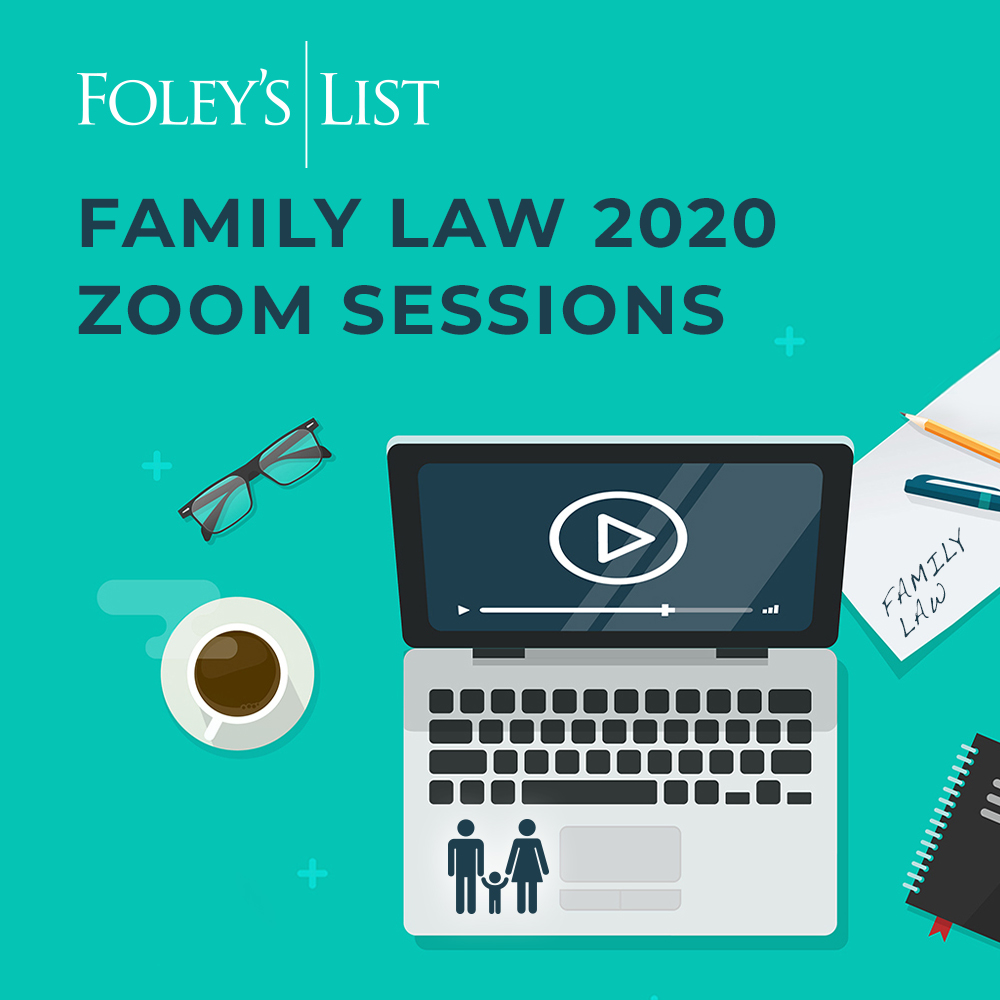Listen and subscribe: Apple Podcasts | Spotify | Amazon Music | Audible
In this episode, I discuss privilege issues related to litigation funders, and whether communications between litigation funders, lawyers, and parties, are subject to discovery or subpoenas.
Overview
It appears to be increasingly common that clients who have good prospects of obtaining a property settlement in a family law proceeding are unable to afford legal fees upfront.
At the same time, it is less and less common for lawyers to be prepared to run family law litigation on the promise of payment at the end of the matter.
Litigation funders are often the answer to filling that gap.
Litigation funders assess the merits and prospects of a property case, necessarily with input from the client and the solicitors, and then agree to lend funds to cover the legal fees, typically with some security provided by the client.
The information sought by litigation funders from solicitors largely mirrors the sort of information which a solicitor might provide to a client when advising on the merits of their case.
When it comes to actually disbursing funds, the usual process is that the solicitors provide copies of their invoices to the litigation funder, and the funder pays the solicitors directly. Those bills often contain detailed narrations which may reveal strategy or steps about to be taken by the client.
So what happens if the other party to the litigation demands discovery of communications with the litigation funder, or issues a subpoena to produce documents, directed to the litigation funder?
Litigation Privilege
Let’s first look at the law of litigation privilege.
To avoid any confusion, I want to be clear that family law in Australia is a federal law, and so the Evidence Act 1995 (Cth) is the legislation which applies, rather than any state or territory Evidence Act.
Division 1 of Part 3.10 of the Evidence Act relates to Client Legal Privilege. At common law, this concept is known as legal professional privilege.
Personally, I prefer the term client legal privilege, because the privilege belongs to the client, not to the legal practitioner.
Evidence Act s 119 relates to a particular kind of Client Legal Privilege known as litigation privilege.
Evidence is not to be adduced if, on objection by a client, the court finds that adducing the evidence would result in disclosure of:
- (a) a confidential communication between the client and another person, or between a lawyer acting for the client and another person, that was made; or
- (b) the contents of a confidential document (whether delivered or not) that was prepared;
for the dominant purpose of the client being provided with professional legal services relating to an Australian or overseas proceeding (including the proceeding before the court), or an anticipated or pending Australian or overseas proceeding, in which the client is or may be, or was or might have been, a party.
For the purposes of this discussion, where we are talking about production of documents in an Australia family law proceeding, we are really just interest in 2 aspects of s 119:
- whether the document in question is a confidential communication; and
- whether the document was prepared for the dominant purpose of the client being provided with professional legal services.
Confidential Document
The term “confidential communication” is defined in s 117, which contains the definitions relevant to Division 1 of Part 3.10:
confidential communication means a communication made in such circumstances that, when it was made:
(a) the person who made it; or
(b) the person to whom it was made;
was under an express or implied obligation not to disclose its contents, whether or not the obligation arises under law.
Lawyers are obviously under both legal and ethical confidentiality obligations.
But are documents prepared for the purpose of obtaining litigation funding prepared for the dominant purpose of the client being provided with professional services?
There are two leading Australian authorities on this issue, both decided in 2006:
- NSWSC decision of Rickard Constructions Pty Ltd v Rickard Hails Moretti Pty Ltd [2006] NSWSC 234; and
- Victorian Court of Appeal decision of Spotless Group Ltd v Premier Building and Consulting Group Pty Ltd[2006] VSCA 201.
In Rickard Constructions, Bergin J held that the dominant purpose of confidential communications with the litigation funder
was to ensure the overall capacity of the plaintiff to have funding and to ensure that such funding would be forthcoming for the continued funding of the litigation.
The Court concluded that the documents were privileged pursuant to s 119 of the Evidence Act 1995 (NSW), which is in identical terms to s 119 of the commonwealth Act.
Spotless was determined on the basis of common law legal professional privilege, as Victoria had not yet enacted its current Evidence Act (which largely mirrors the Commonwealth Act).
Chernov J pointed out:
It is common ground that the original communication, namely, the legal advice that was provided to the respondent, was subject to legal professional privilege. And it was that communication — that advice — that was passed on to the third parties. That the re-communication was in written form is, as I have said, irrelevant to this issue. What is of relevance is that, on its proper characterisation, the communication that was made to the third parties, effectively by the respondent, was the legal advice which it had received and to which privilege attached.
In the family law arena, in the 2007 case of Blue & Blue [2007] FamCA 1444, Carmody J, after considering Rickard Constructions, Spotless, and other authorities, found not only that the litigation privilege applies to communications between solicitors and litigation funders, but also that the principle was “concomitant with public policy”, in that it was in the public interest for litigants to be able to access litigation funding.
So the answer is clear: communications with litigation funders are covered by client legal privilege.





